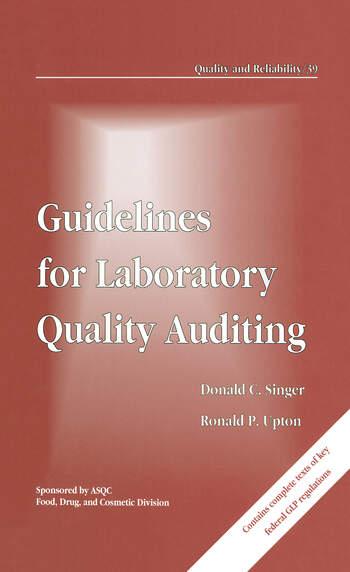Question
This assignment deals with Forex risk and buying into an overseas equity market. It is related to international portfolio diversification when foreign equity valuation and
This assignment deals with Forex risk and buying into an overseas equity market. It is related to international portfolio diversification when foreign equity valuation and Forex effect are combined. Additionally, it draws upon some of our earlier topics and in this regard it provides a refreshing review towards the end of the course. Last year on June 1 you invested $1,000,000.00 on Fujitsu stock. It is one of the constituent stocks in the Nikkei 225 index which is roughly a Japanese Exchange similar to the U.S. Dow Jones Industrial 30. Though you could have used ETFs or ADRs in the U.S. to tap into the Japanese market, you chose to enter the Japanese Stock Exchange directly through a brokerage house.
 On the day of your purchase the stock was trading heavily in Japan and was considered a good buy. On June 1 of this year due to the Covid-19 uncertainties in the market, you opted to sell and transfer the funds into the US dollar. A brief snap shot of this stock on this day is below. The spot mid-bid-ask value of exchange rate on June 1 of last year was JPY111.92/$. Compared to June 1 of this year, JPY appreciated 4.2 percent. Fujitsu also went through some gyrations until reaching the values depicted above. The outcome could have been much better, but that is what the market bears. This was probably not your initial anticipated outcome, as was Covid-19 completely unexpected for you. During this past year, the stock paid some dividends. These are disregarded in this analysis. The outcome of the above investment in a foreign stock is of interest in this assignment. Your final proceeds are expected to be in USD, as was your initial available fund for the investment. Answer the following questions.
On the day of your purchase the stock was trading heavily in Japan and was considered a good buy. On June 1 of this year due to the Covid-19 uncertainties in the market, you opted to sell and transfer the funds into the US dollar. A brief snap shot of this stock on this day is below. The spot mid-bid-ask value of exchange rate on June 1 of last year was JPY111.92/$. Compared to June 1 of this year, JPY appreciated 4.2 percent. Fujitsu also went through some gyrations until reaching the values depicted above. The outcome could have been much better, but that is what the market bears. This was probably not your initial anticipated outcome, as was Covid-19 completely unexpected for you. During this past year, the stock paid some dividends. These are disregarded in this analysis. The outcome of the above investment in a foreign stock is of interest in this assignment. Your final proceeds are expected to be in USD, as was your initial available fund for the investment. Answer the following questions.
1.The outright JPY exchange rate per USD after its appreciation against the dollar is: (enter only the numerical figure): 2. Fujitsu share price in JPY on the day of your purchase was: (Enter only the numerical figure): 3. Using an accounting framework (e.g., prices and exchange rates at the beginning and at the end) and your answers to two of the questions in this assignment, calculate the dollar outcome ( = dollar proceeds; not net outcome) of this investment and enter it for this question. (Drop the $ in your answer). 4. Again, using an accounting framework, what is the dollar outcome ( = profit or loss) of this investment in percent? (Use negative sign if it is a loss, drop the % sign). 5. Is there a way to figure out the percentage gain or loss on this foreign investment based simply on the percentage change in the currency (= r1 ) and the percentage change in the share price ( = r2 )? Hint: Use your answer to one of the questions in this group to figure out the answer to this question. Use percentage change in points. a. Yes, by adding the two rates together b. Yes, by deducting one rate from the other c. Yes, by computing via the formula: R = (1+r1) x (1+r2) -1 d. Yes, by computing via the following formula: R = (1+r1) x (1+r2) e. None of the answers in this group are relevant.
Step by Step Solution
There are 3 Steps involved in it
Step: 1

Get Instant Access to Expert-Tailored Solutions
See step-by-step solutions with expert insights and AI powered tools for academic success
Step: 2

Step: 3

Ace Your Homework with AI
Get the answers you need in no time with our AI-driven, step-by-step assistance
Get Started


